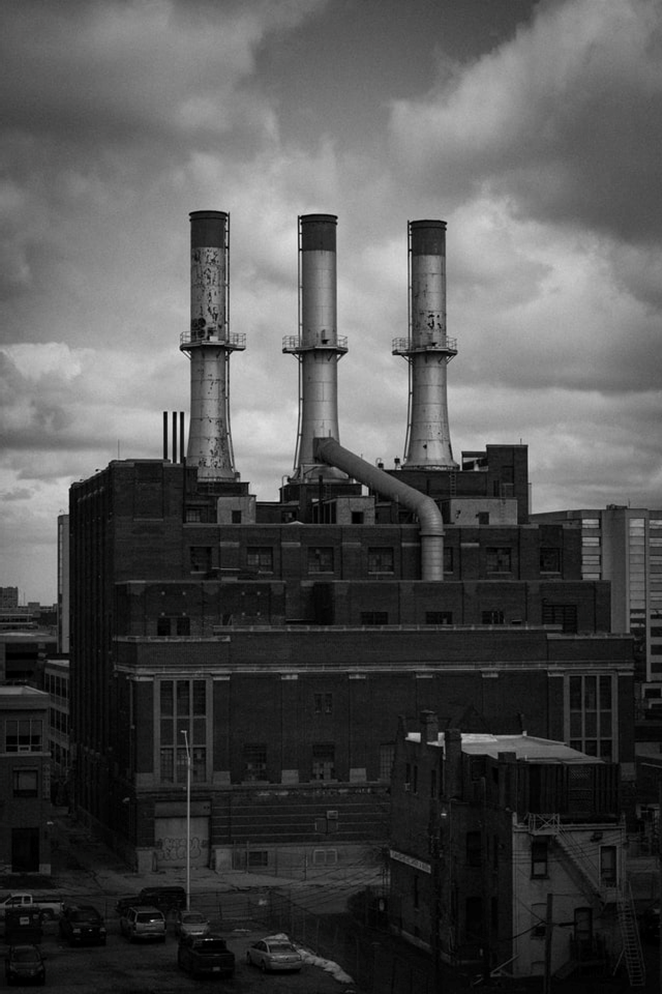What’s Required to Redevelop Brownfield Sites?
Hazardous materials, contaminants, or pollutants that either are or may be present on a property may complicate its reuse, redevelopment, or expansion. Those properties are known as brownfields. The Environmental Protection Agency estimates that there are more than 450,000 brownfields in the United States. Remediating and redeveloping brownfields improves and protects the environment, reduces development pressure on open land and reduces urban sprawl, uses existing infrastructure, spurs job growth, and supports local tax bases (EPA 2022).
The presence of brownfields in a community may lead to disinvestment over time, and people who live in the community may have concerns about their health. In addition to unknown, real, or perceived health threats from pollutants, brownfields may pose safety risks to the community from vandalized, abandoned, or damaged structures, such as unguarded foundations. Communities blighted by brownfields may face declining property values, reducing their tax base and impacting the availability of services and the quality of life for community residents. Brownfields can contaminate groundwater, pollute surface runoff, and release dust, contributing to the spread of hazards beyond the site (EPA 2022).
Assessing the potential hazards that may be present at a brownfield site is a multi-step process. In what is known as a Phase I Environmental Site Assessment (ESA), an environmental professional, such as a licensed geologist or professional engineer uses records of past and current land use, reviews government databases related to managing and disposing of hazardous materials, visits the site and surrounding properties to assess current conditions, and interviews owners, neighbors, and former workers to gain insights into past uses, materials, and processes present at the site. The information gathered in a Phase I assessment can help the community understand how the site was used and potential threats to their health and the health of the environment that may result from that use. In addition, a Phase I site assessment can be used to determine potential liabilities for any contamination found at the site and may protect a potential owner if contamination is found later (EPA 2020).
If the Phase I assessment uncovers evidence of known or potential contamination at the site (sometimes known as recognized environmental conditions), then additional assessment, such as a Phase II ESA is required. An environmental professional begins the process by developing a sampling plan to determine the sources of potential contaminants such as hazardous substances, including petroleum products, and the exposures that may result. The professional may consult with state or tribal brownfields programs about the required assessment. The Phase II ESA process involves the environmental professional first using the property’s history to determine the likelihood of the presence of contaminants in the soil, groundwater, and any structures that remain at the site. Next, they develop a sampling plan to evaluate soil, groundwater, and other matrixes to assess the types and distribution of contaminant at the site. Sampling results are then used to identify any localized hot spots of high risk for further testing as well as the overall extent of contamination at the site. If those results exceed risk thresholds for the proposed reuse of the site, they are used to develop remediation plans to clean up the site for potential reuse and minimize exposures. Remediation plans consider the nature and extent of the contamination, the layout of the site and any structures on the site, open areas, its slope, and the surrounding properties. The cleanup should consider alternatives that reduce risks associated with the site and remain protective in the future. On the other hand, if little or no contamination is uncovered at the site, the next step is to consult with the state or tribal response program before moving to reuse or redevelop the property. While a Stage I ESA typically precedes a Stage II ESA, the process may not be linear. Changes to redevelopment plans or the passage of more than 180 days since the ESA may require additional assessment, such as an updated Phase I or II ESA (EPA 2020).
QTS Group is expert at delivering services for construction clients to ensure safety and compliance. Let us know how we can help.
References
EPA [2020]. Assessing brownfield sites. Washington, DC: United States Environmental Protection Agency. EPA Publication No. 560F20175.
EPA [2022]. Overview of EPA’s brownfields program. Washington, DC: United States Environmental Protection Agency. Available at https://www.epa.gov/brownfields/overview-epas-brownfields-program#:~:text=A%20brownfield%20is%20a%20property,substance%2C%20pollutant%2C%20or%20contaminant. Accessed May 20, 2022.

